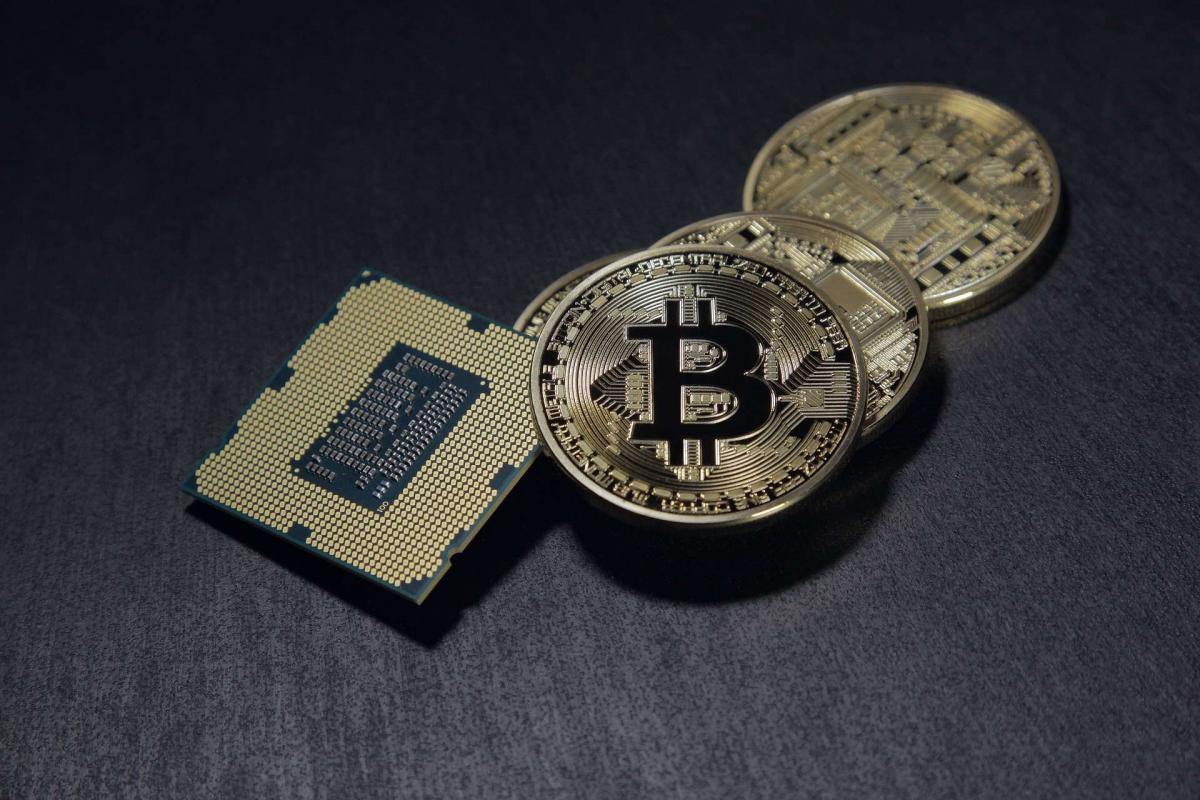An October 2017 white paper from Deloitte discusses the extent to which the offerings of tokens built upon blockchains have become the new IPOs of the crypto era.
There are no binding rules about how to execute an initial coin offering (ICO). Nonetheless, there have been enough of these so that a distinctive pattern has emerged.
There are four steps:
(1) Pre-announcement. Word is spread to as many potential investors as possible, often through relevant only forums such as Bitcointalk or reddit. The announcement will contain a statement of the project’s goals and ambitions, as well as notable and unique features of the product, etc.
The ICO team then receives and analyzes feedback to determine the level of interest and tweak the business model accordingly, developing a final business model and a written detailed offer.
(2) Offer. This will lay out the terms of the ICO and will cover the nuances of the project, the deadline, the token. It will cover all the rights that the token possesses and a start date for sale.
(3) Marketing campaign. The start-up conducting the ICO will usually not be well known, so marketing is critical. This will involve conferences and road shows, and it may last up to a month, with both institutions and smaller investors included as target audiences.
(4) Token sale. At last the ICO is triggered and the respective tokens are released. Some may be distributed only after a product or platform has been initiated in order to secure a return on investment for ICO participants.
Currently, most ICOs are based on Ethereum, and the related ERC20 standard has become the orthodoxy. It makes the assets interchangeable. The assets issued can work with decentralized apps (Dapps) so long as they also adhere to ERC20. Moreover, as Deloitte says, “the introduction of this standard allows for the tokenization of other features, including voting rights.”
The native currency of the Ethereum blockchain is “ether.” Tokens are not ethers. They are smart contracts running on top of the chain. They are digital assets – they can represent anything from loyalty points in a merchant-customer relationship to virtual in-game objects to actual physical-world objects.
The Distant Past
Deloitte’s paper recounts the history of ICOs, delving all the way back to the mists of … 2013-14. One of the first was Mastercoin, the token now called Omni. J.R. Willett published the first draft of this asset’s protocol in 2012, as a white paper, describing the underlying bitcoin blockchain as a “protocol layer, on top of which new currency layers with new rules can be built without changing the foundation.” (Ethereum wasn’t even released at the time of Willett’s paper, so he naturally described the foundation in terms of bitcoin.)
Public Perception
Public perception of ICOs as a phenomenon “increased dramatically toward the end of 2016.” This increase has continued into 2017. In the first three quarters, more than $1.2 billion has been raised through ICOs. Celebrity investors, such as Floyd Mayweather, the former boxer (now a fight promoter) who held 15 titles in five different weight classes over the course of his career, have gotten involved, as has billionaire “shark” Mark Cuban.
The highest investment ICO to date has been Filecoin, a blockchain data storage network. Its investors included Winklevoss Capital, Union Square Venture, Sequoia Capital, and Andreessen Horowitz. Within two weeks it raised more than $250 million. The guiding idea is that participants can earn Filecoin by (in the words of the Deloitte paper) “hosting files that lie on the unused storage of private hard drives.”
Deloitte offers six key considerations for successful ICOs. There must be a good match between the ICO and the underlying business; the sponsors must build a good team, send the right message, protect the interests of the investors, consider the platform and, of course, abide by the law.
Under the first of those headings (the underlying business) Deloitte observes that a “fundamental problem for any digital token released during an ICO is that it will come under massive speculative pressure as soon as it hits the markets,” and that it may then end up as a gimmick. The way to counteract this is to support the token with an “equivalent demand,” just as there is a demand for the data storage space that in turn supports the Filecoins.




